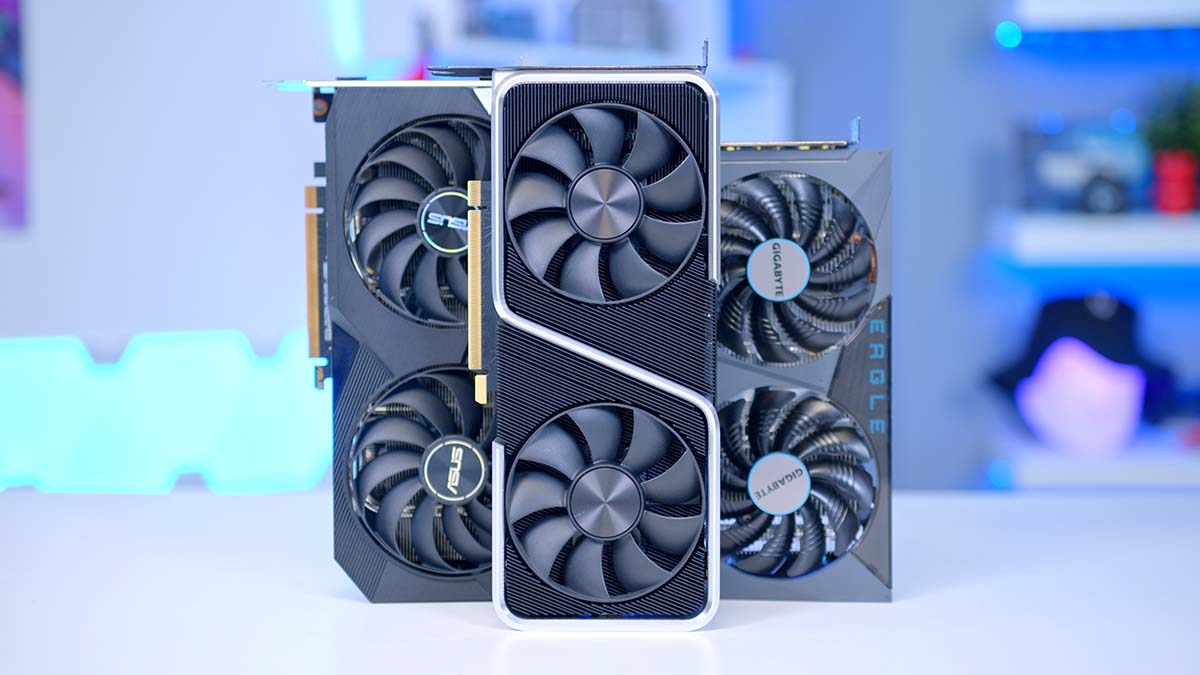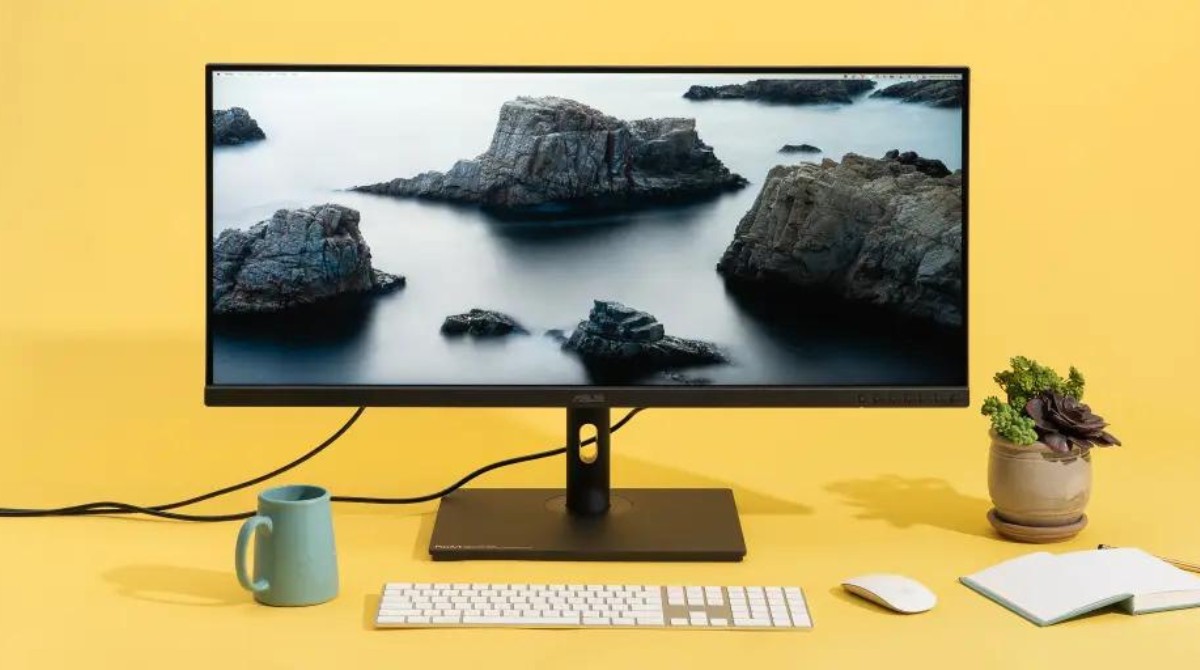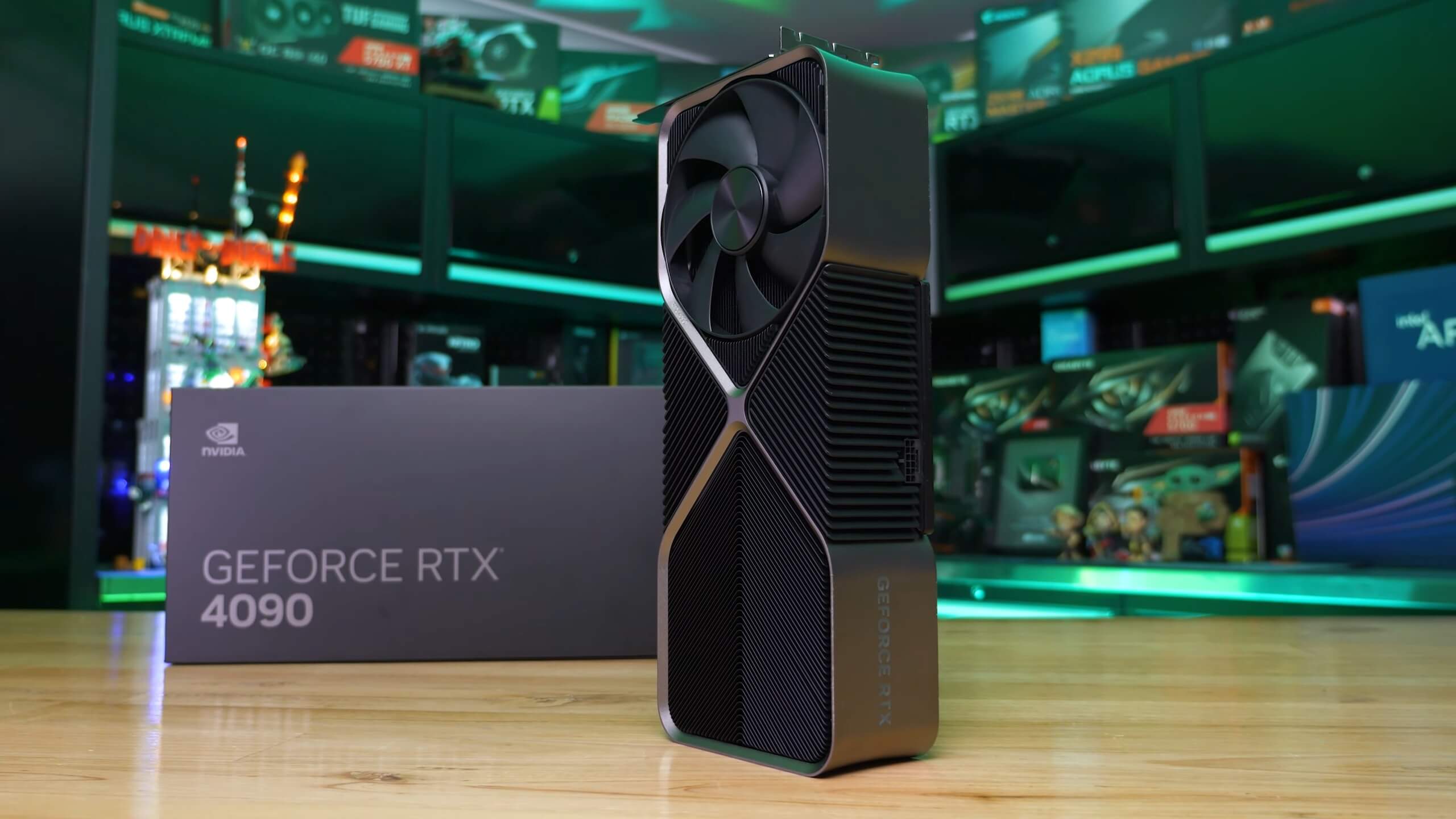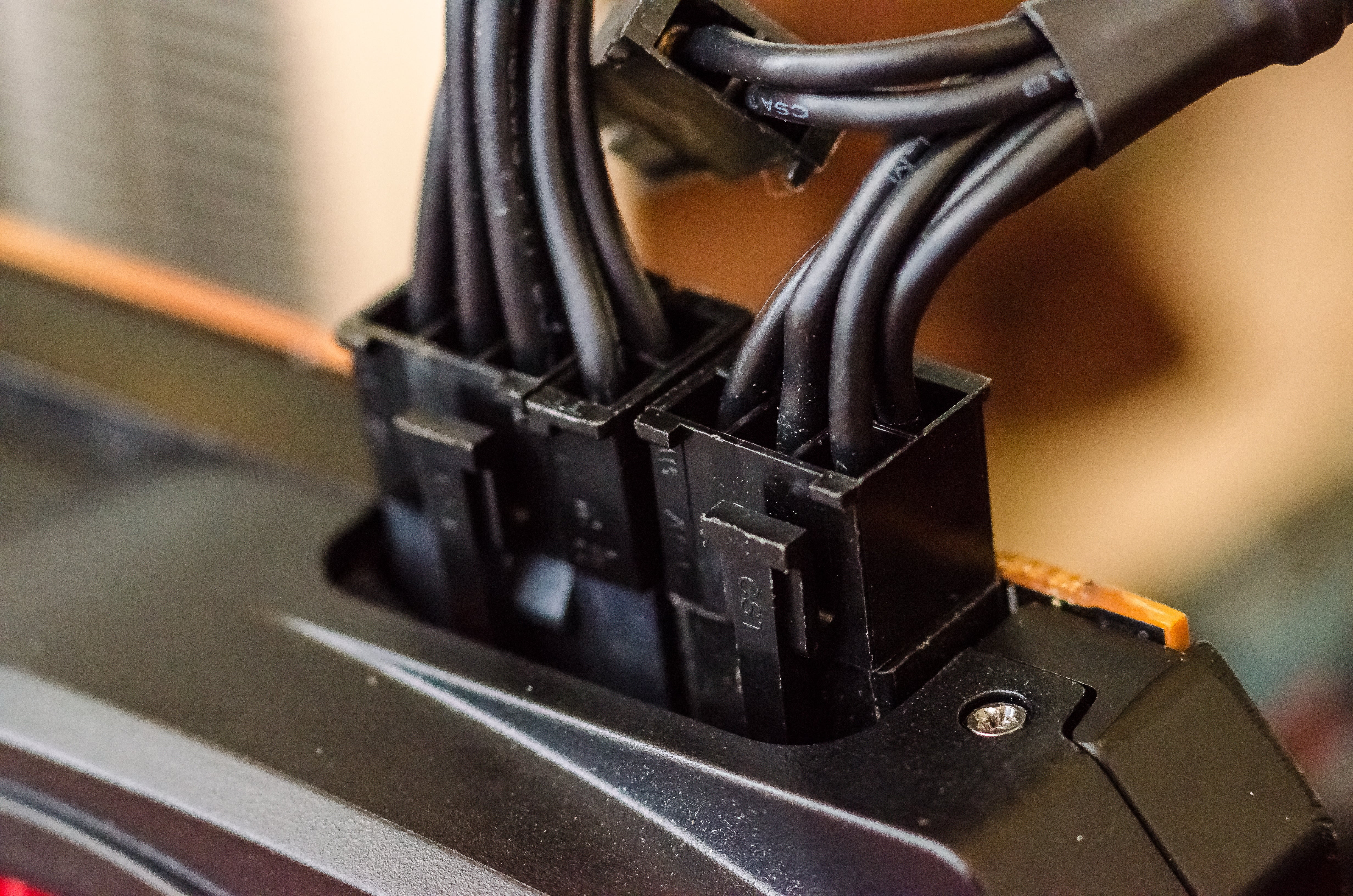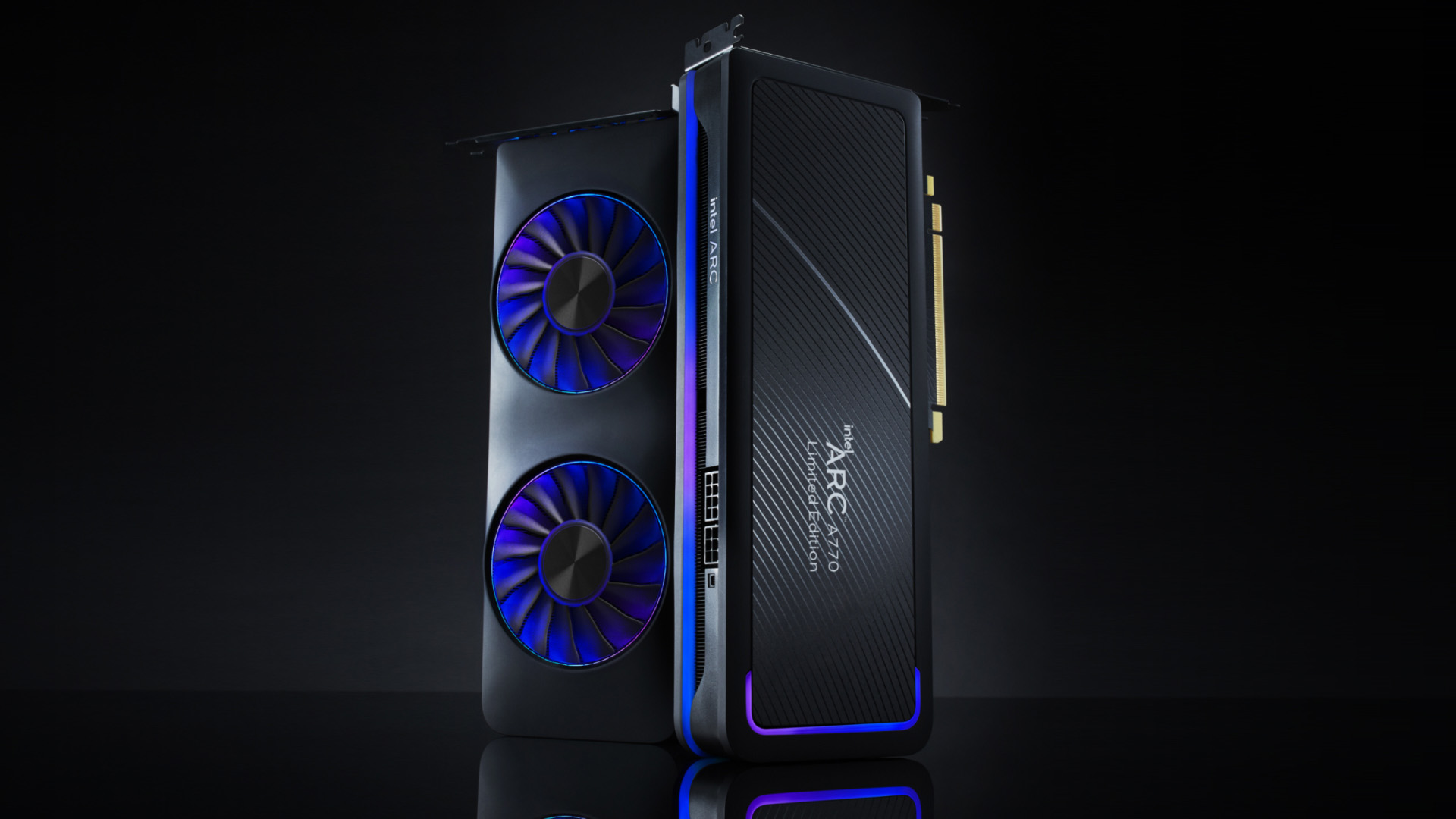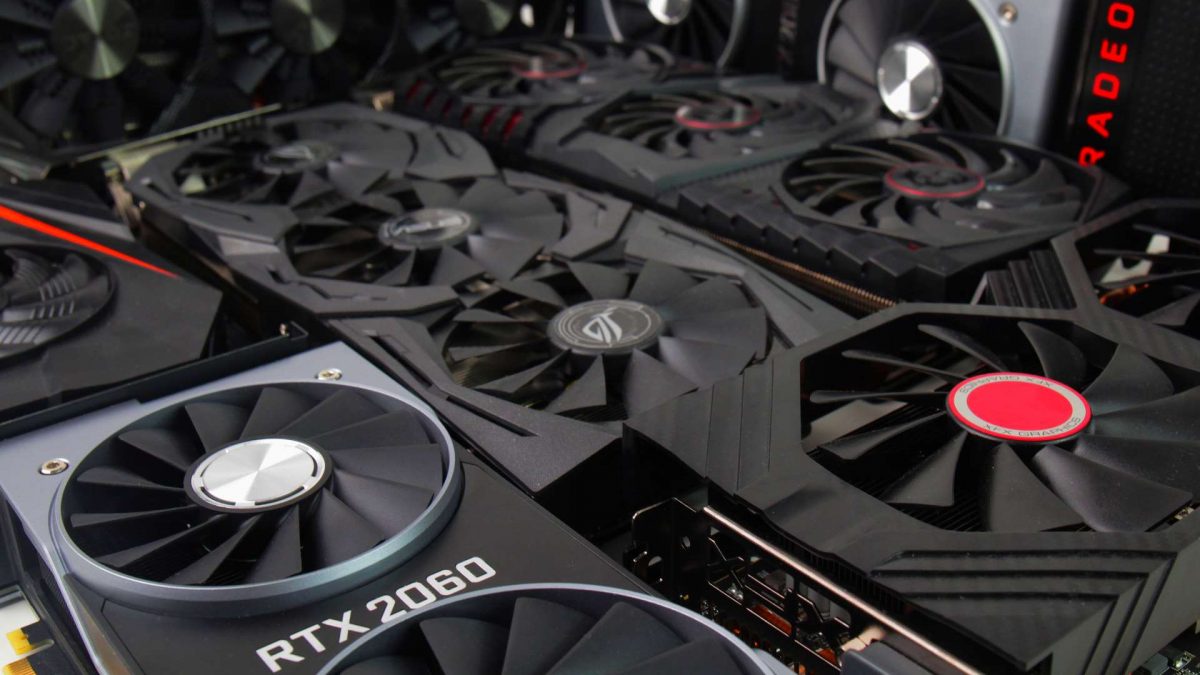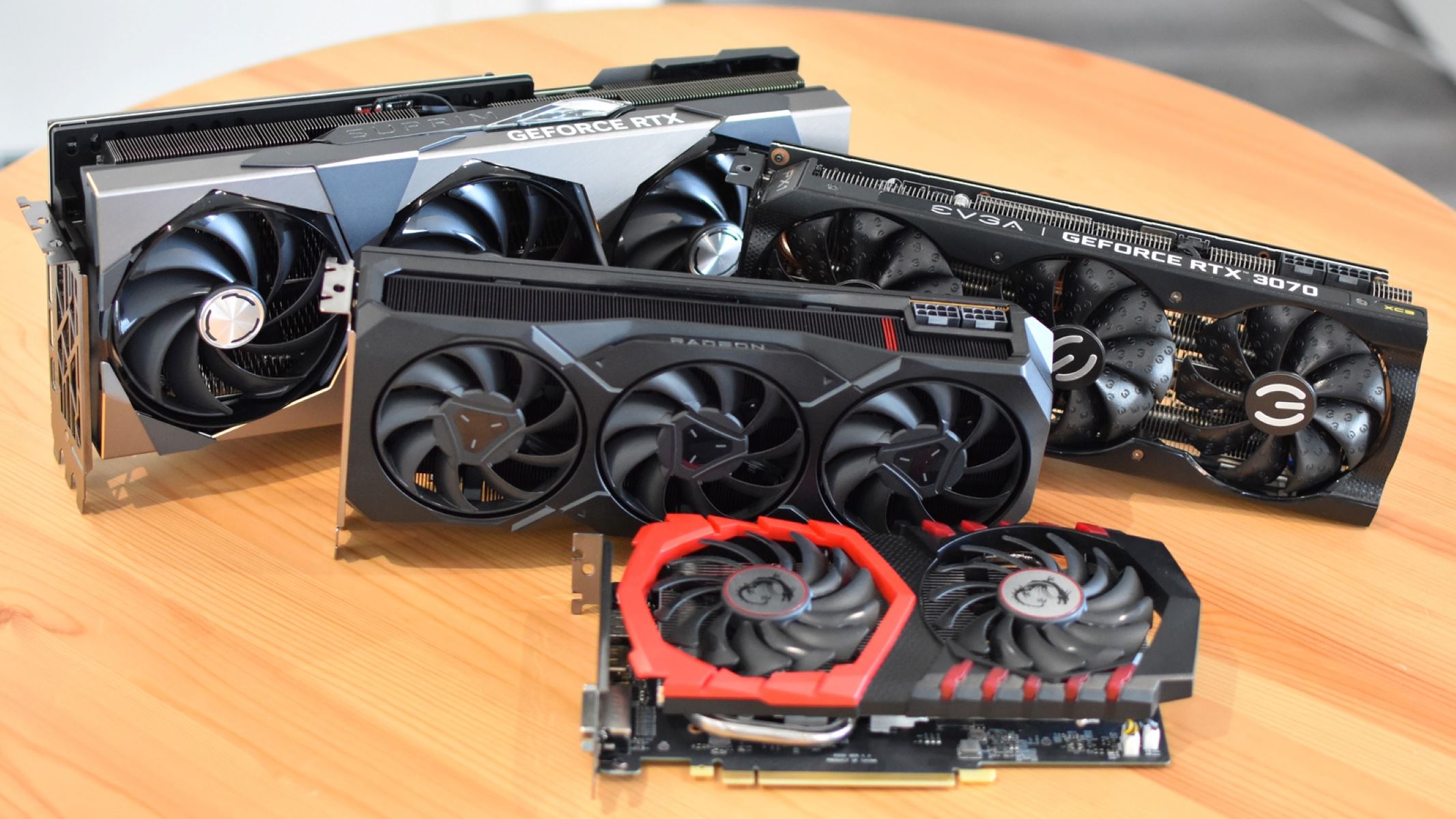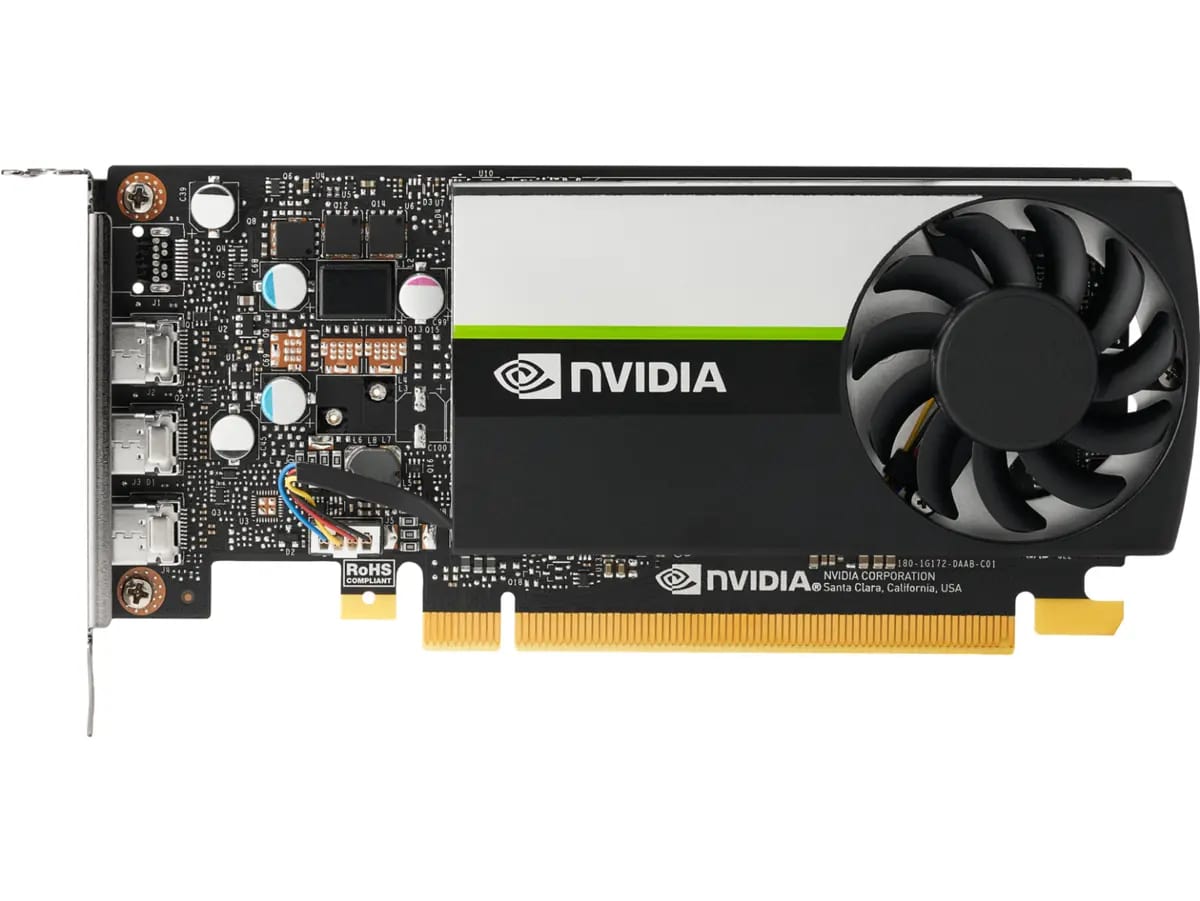Introduction
A graphics card is an essential component of a computer system responsible for rendering images, videos, and animations. It works by converting data from the central processing unit (CPU) into signals that can be displayed on a monitor. When it comes to graphics cards, one crucial aspect to consider is the resolution it can support.
The resolution of a display refers to the number of pixels it can display horizontally and vertically. Higher resolution means more pixels, resulting in sharper and more detailed images. Knowing the resolution supported by your graphics card is vital, as it determines the visual quality you can achieve and the types of displays it can connect to.
Various factors come into play when determining the resolution support of a graphics card, including the model, brand, and age of the card. Different graphics cards may have varying capabilities, so it’s essential to assess the capabilities of your specific graphics card before investing in a high-resolution monitor.
This article will explore the factors that determine resolution support, identify the maximum resolutions supported by popular graphics card brands, provide steps on how to check your graphics card’s resolution support, and discuss the possibility of upgrading your graphics card for higher resolutions.
What is a Graphics Card?
A graphics card, also known as a video card or GPU (Graphics Processing Unit), is a hardware component that is dedicated to rendering and processing visual data. It plays a crucial role in generating and displaying images, videos, and animations on a computer monitor.
The primary function of a graphics card is to accelerate the rendering of 3D graphics and enhance the overall visual experience of a computer system. It takes data from the CPU and converts it into signals that can be displayed on a monitor. By offloading the task of rendering graphics from the CPU to the GPU, a graphics card enables smoother animations, faster image processing, and improved gaming performance.
Graphics cards are equipped with their own built-in memory, called video RAM (VRAM), which stores and accesses the image data processed by the GPU. This VRAM ensures that the data can be quickly accessed and displayed on the monitor.
Modern graphics cards are equipped with advanced features such as shaders, texture mapping units, and rasterizers, which allow for complex rendering and realistic graphics. These features enable the GPU to handle tasks such as lighting calculations, texture mapping, and anti-aliasing, all of which contribute to the overall visual quality of the rendered images.
Graphics cards come in different forms, including dedicated graphics cards, which are standalone expansion cards installed in the computer’s motherboard, and integrated graphics cards, which are built into the CPU. Dedicated graphics cards are more powerful and offer better performance, making them ideal for gaming, video editing, and other graphics-intensive tasks.
In summary, a graphics card is a crucial component of a computer system that is responsible for processing and rendering visual data. It enhances the visual experience, improves gaming performance, and enables the display of high-quality graphics on a computer monitor.
Factors that Determine Resolution Support
The resolution support of a graphics card is influenced by several factors. Understanding these factors can help you determine the maximum resolution that your graphics card can handle. Here are the key factors that determine resolution support:
1. GPU Architecture: The architecture of the graphics processing unit (GPU) plays a significant role in determining resolution support. Newer GPU architectures are typically more powerful and capable of handling higher resolutions compared to older ones.
2. Memory Capacity: The amount of video memory (VRAM) on the graphics card is another crucial factor. Higher VRAM capacity allows for smoother rendering and handling of high-resolution textures, resulting in better performance at higher resolutions.
3. Display Interface: The type of display interface your graphics card supports can affect its resolution capabilities. Common display interfaces include HDMI, DisplayPort, and DVI. Ensure that both your graphics card and monitor support the same interface for optimal resolution support.
4. Monitor Refresh Rate: The refresh rate of your monitor, measured in Hertz (Hz), determines the number of times per second the display can refresh. High-resolution displays require a higher refresh rate to maintain smooth visuals. Ensure that your graphics card can support the desired resolution at the required refresh rate.
5. Driver Support: The availability of up-to-date drivers from the graphics card manufacturer is crucial. Software updates often include improved resolution support and performance optimizations. Keeping your graphics card drivers updated can unlock additional resolution options.
6. Power and Cooling: High-resolution displays can put a strain on the graphics card, demanding more power and generating additional heat. Ensure that your power supply unit can provide enough power to the graphics card, and that your system has adequate cooling to prevent overheating.
It is important to note that these factors are not independent of each other. They interact and influence each other, meaning that while a graphics card may support a certain resolution on paper, it may not provide optimal performance without considering all the factors mentioned above.
By taking these factors into account, you can determine the resolution capabilities of your graphics card and ensure that it is compatible with your desired display setup.
Maximum Resolution Supported by Common Graphics Card Brands
Graphics card manufacturers offer a wide range of products with varying resolutions and capabilities. While the exact maximum resolution supported can vary depending on the specific model within a brand, here are the general maximum resolutions supported by popular graphics card brands:
1. NVIDIA: NVIDIA is a leading brand in the graphics card market. Their high-end gaming and professional graphics cards typically support resolutions up to 4K (3840 x 2160 pixels). However, their more recent models, such as the GeForce RTX 30 series, can support even higher resolutions, including 8K (7680 x 4320 pixels) and beyond.
2. AMD: AMD is another prominent brand known for their Radeon graphics cards. Similar to NVIDIA, their high-end models can support resolutions up to 4K. The Radeon RX 6000 series, for example, offers excellent 4K gaming capabilities. Additionally, some of AMD’s professional workstation cards can handle higher resolutions, such as 8K.
3. Intel: Intel’s integrated graphics solutions, found in many CPUs, typically support common resolutions up to 4K. These integrated graphics are generally suitable for everyday computing tasks and light gaming. However, for more demanding tasks, such as gaming at higher resolutions or professional graphics work, dedicated graphics cards are recommended.
4. AMD Ryzen with Radeon Graphics: AMD’s Ryzen processors that feature integrated Radeon Graphics offer competitive resolution support. The latest models can handle resolutions up to 4K, making them suitable for casual gaming and multimedia tasks.
It’s important to note that within each graphics card brand, specific models may support different maximum resolutions. The resolution support also depends on factors such as the amount of VRAM, GPU architecture, and clock speeds. Checking the specifications of the individual graphics card model you are interested in will give you a more precise understanding of its maximum resolution capabilities.
For gamers or professionals looking to achieve higher resolutions, it is advisable to opt for high-end or specialized graphics cards that are designed for demanding tasks. These cards often have more extensive VRAM, better cooling systems, and may offer additional features, such as hardware ray tracing or advanced video encoding.
Before investing in a graphics card, consider your display requirements and the specific resolutions you plan to use. This will ensure that your chosen graphics card can handle the resolution you desire for an optimal visual experience.
How to Check Your Graphics Card’s Resolution Support
Checking the resolution support of your graphics card is essential to ensure compatibility with your desired display setup. Thankfully, determining your graphics card’s resolution capabilities is a straightforward process. Here are a few methods to check your graphics card’s resolution support:
1. Check the Graphics Card’s Specifications: Start by locating and accessing the official website or product documentation of the graphics card manufacturer. Look for the specifications of your specific graphics card model. The resolution support should be listed under the display or video output specifications. This method provides the most accurate and reliable information about the maximum resolution your graphics card supports.
2. Use System Information Utilities: Alternatively, you can use system information utilities built into your operating system to obtain information about your graphics card. For example, on Windows, you can use the DirectX Diagnostic Tool. Press the Windows key + R to open the Run dialog box, then type “dxdiag” and hit Enter. In the tool’s interface, navigate to the “Display” tab, where you will find the current resolution and details about your graphics card. While this method may not provide the maximum supported resolution, it can give you an idea of the current resolution capabilities.
3. Third-Party Software: There are several third-party software options available that can provide detailed information about your graphics card. One popular example is GPU-Z. Simply download and install the software, and it will display comprehensive details about your graphics card, including maximum resolution support. Other similar tools include Speccy and HWiNFO.
4. Manufacturer Support: If you are still unsure or unable to find the desired information, consider reaching out to the manufacturer’s support channels. Customer support teams are typically knowledgeable and can provide accurate information about your graphics card’s resolution capabilities.
Remember that when determining your graphics card’s resolution support, it is crucial to consider other factors, such as the refresh rate and connectivity options, to ensure a seamless and compatible display experience. It’s also worth noting that upgrading your graphics card drivers to the latest version can sometimes unlock additional resolution options and optimizations.
By taking advantage of these methods, you can easily determine the resolution support of your graphics card and make informed decisions when it comes to choosing displays or upgrading your graphics card for higher resolution capabilities.
Upgrading Your Graphics Card for Higher Resolution
If you are looking to upgrade your graphics card to support higher resolutions, there are several factors to consider. Upgrading your graphics card can provide a significant boost in visual performance and enable you to enjoy higher resolutions. Here are some important aspects to keep in mind:
1. Compatibility: Before upgrading, ensure that your system meets the power supply and physical compatibility requirements of the new graphics card. Check the specifications of the new graphics card and compare them with your computer’s specifications to avoid compatibility issues.
2. Resolution Support: Evaluate the resolution support of the new graphics card. Look for models that explicitly support the desired resolution you intend to use. Higher-end graphics cards often provide extensive resolution options, including 4K and even 8K.
3. VRAM Capacity: Consider the video RAM (VRAM) capacity of the new graphics card. Higher resolutions require more VRAM to store and process the larger amount of visual data. Aim for a graphics card with sufficient VRAM to prevent performance bottlenecks and ensure smooth rendering at higher resolutions.
4. GPU Performance: Higher resolutions can be demanding on a graphics card’s processing power. Take into account the performance capabilities of the new graphics card, such as clock speeds and number of cores. Opt for models with higher performance ratings to handle the increased resolution workload.
5. Cooling and Power: Upgrading to a higher-end graphics card may require additional power and generate more heat. Ensure that your power supply unit can handle the power demands of the new graphics card and that your system has adequate cooling to keep temperatures in check.
6. Future-Proofing: Consider investing in a graphics card that offers future-proofing and supports upcoming technologies. Features like hardware ray tracing and support for the latest graphics APIs can enhance your visual experience and ensure compatibility with new software titles.
7. Budget: Set a budget for your graphics card upgrade. Higher-resolution support often comes at a higher cost, so consider your financial constraints and prioritize features that are most important to you.
When upgrading your graphics card, it’s also important to ensure that your display device supports the desired resolution. For instance, if you plan to upgrade to a 4K resolution, make sure your monitor or TV is capable of displaying 4K content.
Finally, follow manufacturer guidelines and instructions for installing and configuring the new graphics card, taking care to uninstall previous drivers and installing the latest drivers for optimal performance.
By considering these factors, you can make an informed decision when upgrading your graphics card for higher resolution support, resulting in a visually stunning and immersive computing experience.
Conclusion
Understanding the resolution support of your graphics card is crucial for achieving optimal visual performance and compatibility with your display setup. In this article, we have explored the factors that determine resolution support, the maximum resolutions supported by popular graphics card brands, how to check your graphics card’s resolution support, and considerations for upgrading to support higher resolutions.
Determining the resolution support of your graphics card requires considering factors such as the GPU architecture, memory capacity, display interface, monitor refresh rate, driver support, and power/cooling capabilities. By evaluating these factors, you can ascertain the maximum resolution your graphics card can handle.
Popular graphics card brands like NVIDIA, AMD, and Intel offer a range of products with varying resolution support. High-end models from these brands can handle resolutions up to 4K, with some models even supporting resolutions beyond 8K. Checking the specifications of your specific graphics card model is essential to determine its maximum resolution capabilities accurately.
To check your graphics card’s resolution support, you can refer to the manufacturer’s official website or documentation, use system information utilities, or employ third-party software. These methods will provide you with information about the maximum resolution supported by your graphics card.
If you’re looking to upgrade your graphics card for higher resolution support, consider factors such as compatibility, resolution support, VRAM capacity, GPU performance, power/cooling requirements, future-proofing, and budget. Upgrading to a higher-end graphics card can significantly enhance your visual experience and enable you to enjoy higher resolutions.
Remember to ensure compatibility between your upgraded graphics card and your display device. Confirm that your monitor or TV supports the desired resolution to fully utilize the capabilities of your new graphics card.
Taking the time to research and understand your graphics card’s resolution support is crucial for achieving the best visual experience possible. Whether you’re a gamer, graphic designer, or content creator, having a graphics card that can handle your desired resolution will elevate the quality of your work and entertainment.
Keep these insights in mind as you navigate the world of graphics cards and display resolutions, and enjoy the immersive visuals that come with higher resolution support.







